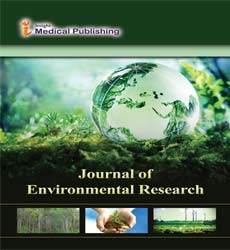Circular Agriculture Application to Cropping Systems and Soil Fertility: A Case Study to Assess the Potential of Moroccan Oasis Farms to Produce OWPs.
Abstract
Circular agriculture provides an integrated management of soil organic inputs and crop residues to enhance soil fertility and the sustainability of cropping systems. This study developed a cropping system typology and investigated the effects of crop rotation, organic fertilization and crop residue management on soil fertility properties. It also assessed the potential of oasis farms to generate and use organic waste products (OWP) in a circular agriculture model. Oasis farmers in the Drâa-Tafilalet region of Morocco were interviewed, and the soil on the farms was sampled and analyzed. The quantities of dry palm and manure produced were calculated. In Type I cropping systems, which dominated, date palm was associated with cereals, fodder and perennial crops. In Type II cropping systems, date palm was cultivated in monoculture with a single cultivar. In Type III, date palm was combined with other crops on part of the utilized agricultural area, and in monoculture on the other part. In all cropping systems, the average soil organic matter (SOM) content was less than 1.5%, and the SOM:clay ratio was less than 12%; soil structure was therefore degraded. Organic soil inputs were low and mainly based on manure. Livestock was combined with crops in Type I and III cropping systems and generated 19.4 and 24.2 t of manure per farm annually, respectively. Cropping systems Type I and II produced 0.98 and 2.1 t.ha-1 of dry palms annually, respectively. Recycling such OWP instead of their burning is considered a potentially valuable alternative to produce organic inputs and compensate for the current lack of manure in a circular agriculture model.
Open Access Journals
- Aquaculture & Veterinary Science
- Chemistry & Chemical Sciences
- Clinical Sciences
- Engineering
- General Science
- Genetics & Molecular Biology
- Health Care & Nursing
- Immunology & Microbiology
- Materials Science
- Mathematics & Physics
- Medical Sciences
- Neurology & Psychiatry
- Oncology & Cancer Science
- Pharmaceutical Sciences
